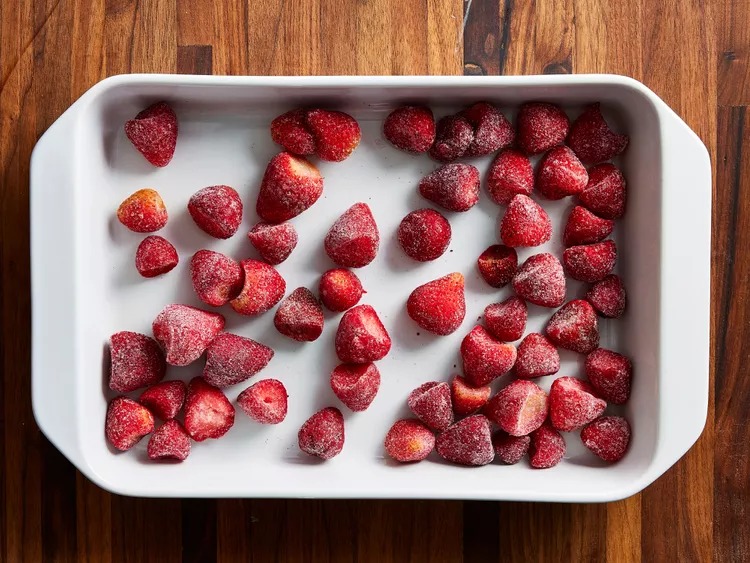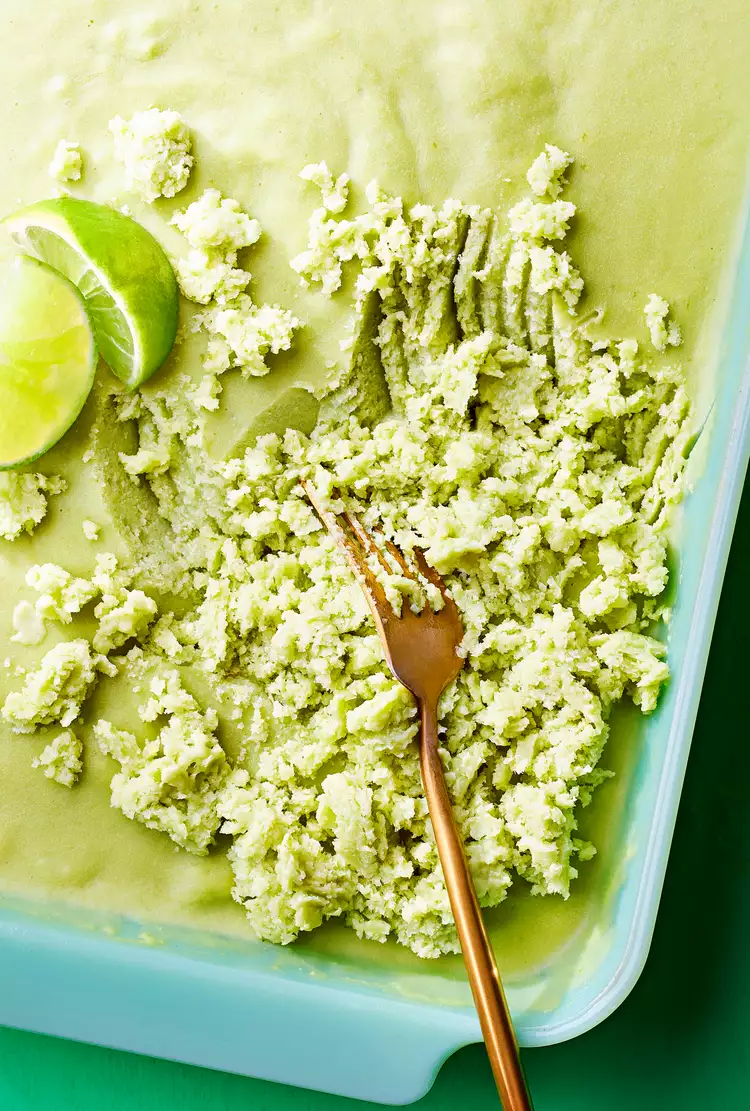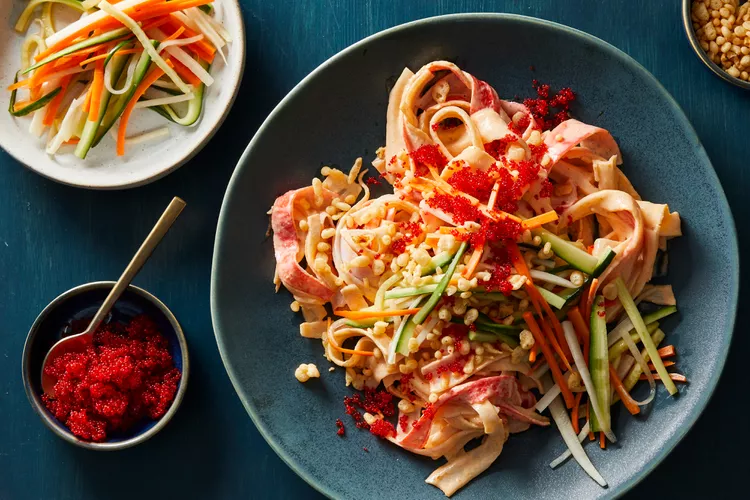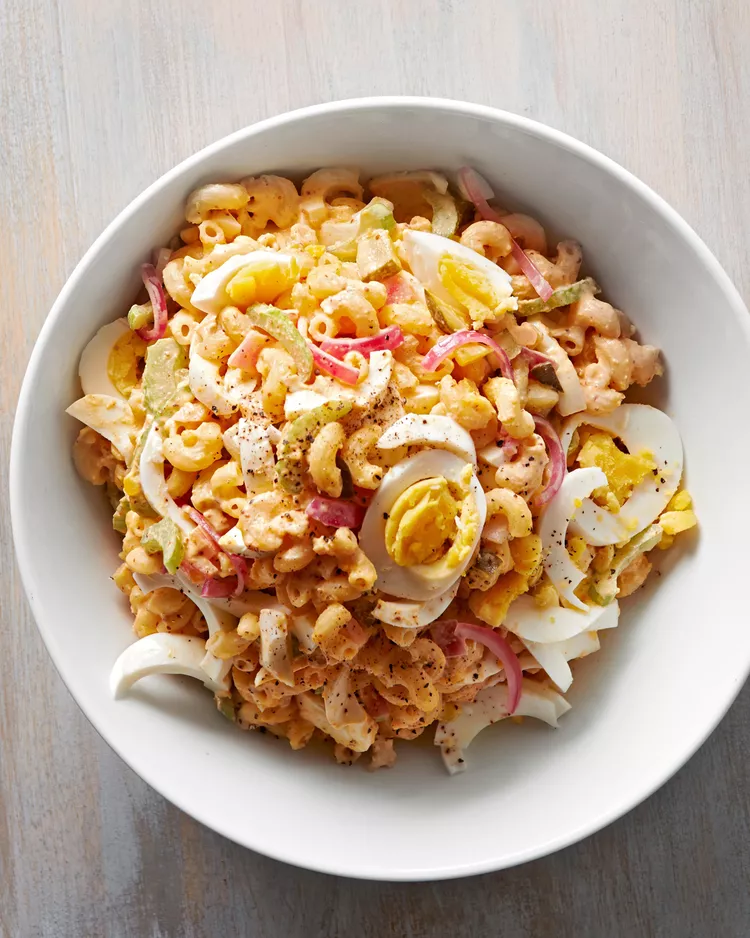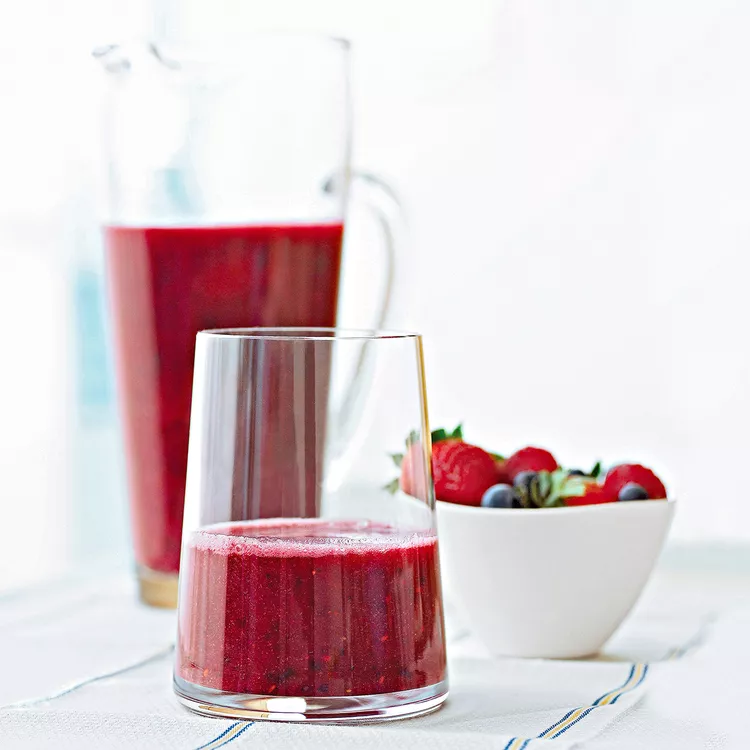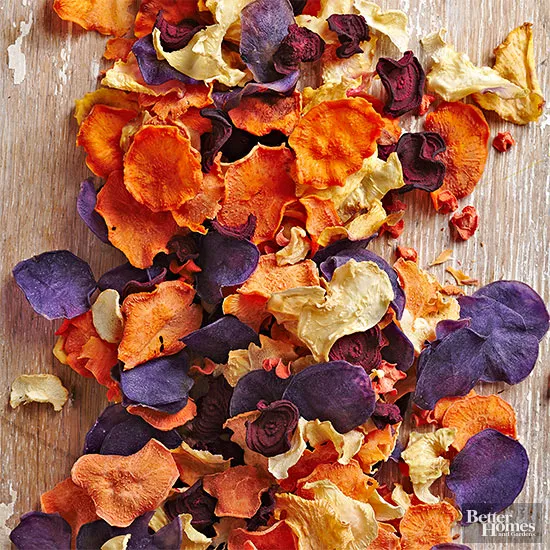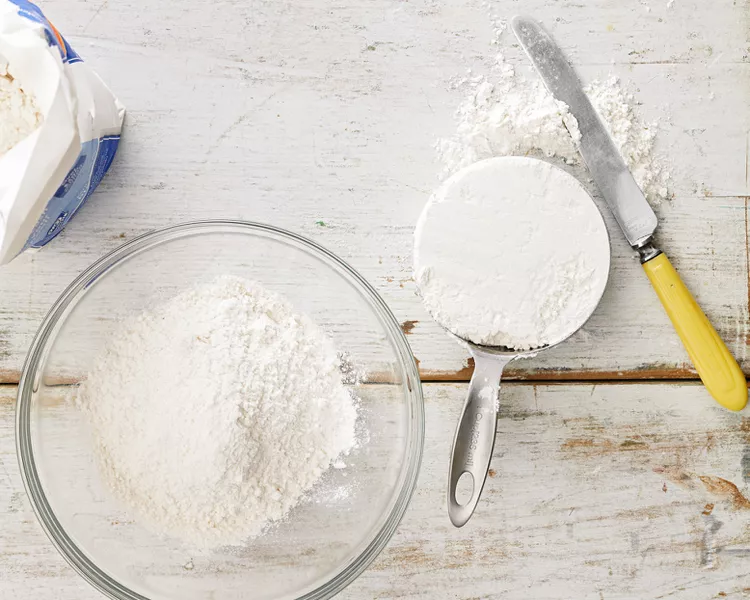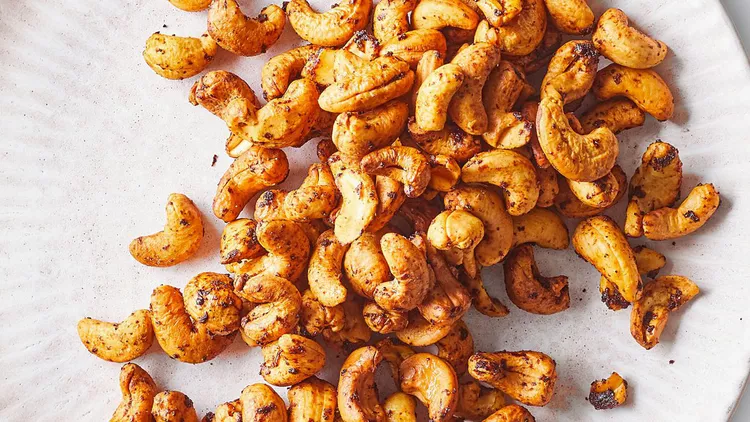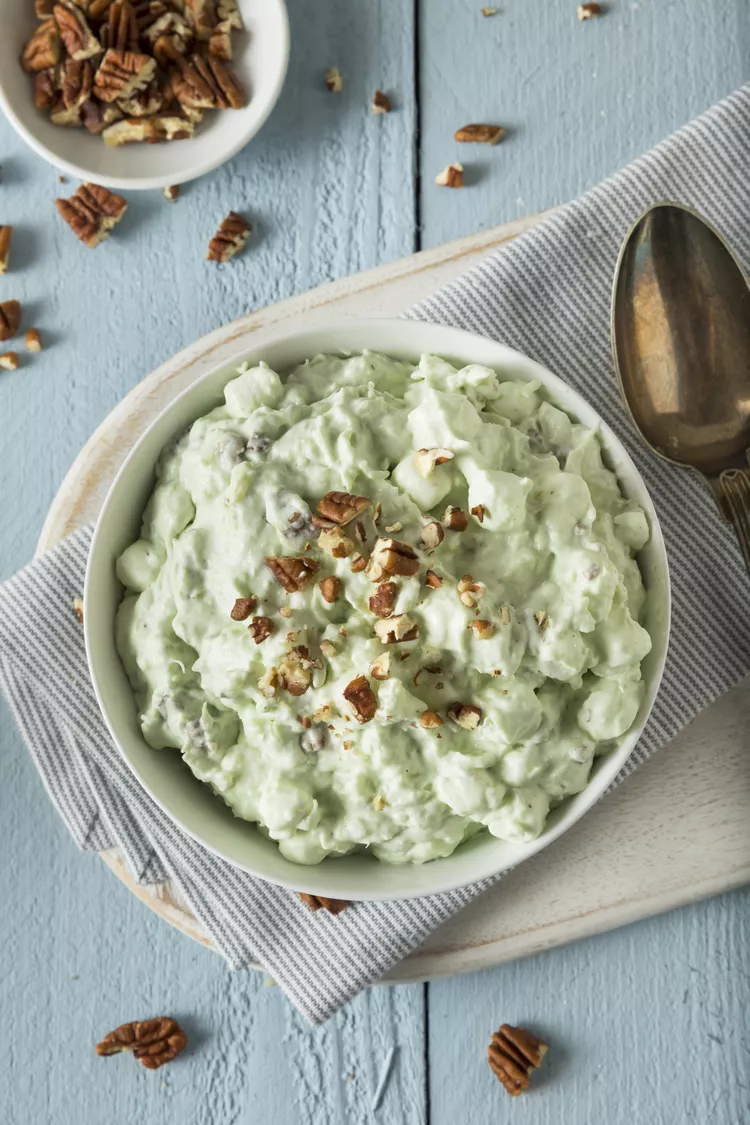Leeks deserve a lot more love, if you ask us. Many of leeks’ allium family cousins, including short-seasoned ramps and trendy garlic scapes, get a lot more adoration and celebration. However, sturdy, versatile, and flavorful leeks are one of our year-round crisper drawer staples.
So we decided it was about time to dig in and answer all of the most common questions we get about the aromatic and affordable veggie. What are leeks, exactly? We’ve got the dish, plus we’re revealing how to select and store leeks, how to get them recipe-ready, and what to make with what might just be your new favorite produce aisle pick.
What Are Leeks?
As you might guess by their scientific name, leeks (Allium ampeloprasum) are a member of the allium family, along with onions, garlic, shallots, green onions, and chives, as well as the aforementioned ramps and garlic scapes.
Leeks are a vegetable, part of which grows in the ground. There are several varieties of leeks, which range from thin to thick, with leaves that might be anywhere from green to blue-green. The most common and widely-available leeks in the U.S. have a white bulbous root at the base, which extends into a light green then dark green bundle of leaf sheaths that fan out near the top. Think of the appearance of leeks like supersized scallions.
It’s safe to eat every part of the leek, but the white and light green portions are the most commonly-used parts. The dark green tips require a lot more cooking time to become tender enough to be enjoyable. We love to reserve those to use in a vegetable broth base. Feel free to enjoy leeks raw or cooked.
What do leeks taste like? Similar to other alliums, leeks are fresh, mildly sweet, and aromatic.
Peak leek season is typically early June through November.
How to Pick and Store Leeks
Whether you’re harvesting leeks from your vegetable garden or are choosing them at the farmers market or grocery store, seek out straight and firm leeks with plenty of densely-packed white and light green leaves rising above the root. (We recommend this since it’s the part of the leek you’re most likely to use in recipes.) The tips of the leeks should be bright green and moist as well, rather than brown or crispy.
Store unwashed leeks in a produce or zip-top bag or loosely covered in plastic wrap in the refrigerator for up to 2 weeks. Avoid washing and cutting leeks until just before you’re ready to use them; this will help you max out the shelf life of your leeks and steer clear of them soaking up any unwelcome odors.
How to Clean and Prep Leeks
The best method for how to clean leeks depends on how you plan to use them.
- For sliced or diced leeks: On a clean cutting surface, use a chef’s knife to slice off a thin piece from the root end. Trim the tough, dark green leaves from the end; add these to your compost or veggie broth collection. Remove any wilted leaves. Slice each leek in half lengthwise, then place the flat-sides down on the cutting board. Chop the leeks in slices of your desired thickness, then proceed to dice it desired. Transfer the sliced or diced leeks to a colander or salad spinner. Rinse well under cool running water or place in a bowl of water to soak, then drain on paper towels or a clean kitchen towel or spin dry.
- For leeks you plan to halve lengthwise: On a clean cutting surface, follow the same steps mentioned above to trim off the root end and tough dark green leaves. Remove any wilted portions, then slice each leek in half lengthwise. Holding one end firmly, place the leek half under cool running water. Using your opposite hand, fan out the leaves to allow water to flow through and dislodge any dirt or debris. Flip the leek around to ensure that you’re able to thoroughly clean both sides, then repeat the fanning process. Drain on paper towels or a clean kitchen towel, then pat dry.
What to Make With Leeks
You can cook leeks just like you might an onion. Braising, steaming, roasting, sautéing, poaching, or grilling all works great. Thinly-sliced or diced raw leeks can also lend lovely onion-like flavor (without all of the raw onion intensity) to dips, or try them as a fresh topping for a casserole or stew.
If you’re craving some inspiration, we recommend these fan-favorite leek recipes:
